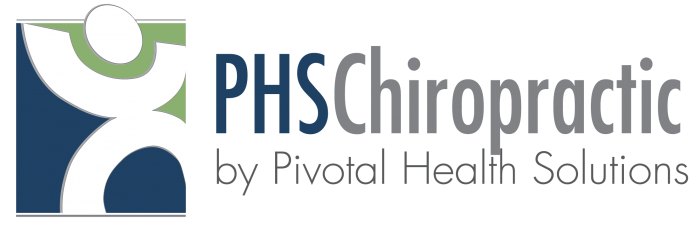By: Bryan Hawley, DC
Raise your hand if you haven’t treated a patient with disc pain.
Those hands are likely to be few and far between. Roughly estimated, disc issues will affect more than 80 percent of the population over their lifetime—a potentially huge patient population for both chiropractors and other allied health professions.
Any practice that works with these patients should thoroughly understand disc pathology. When a patient comes in with back pain, the practitioner must first determine if the problem is mechanical or chemical in nature. If it’s mechanical, then that’s prime time for the clinician to consider decompression therapy. For example, if a patient presents with pain radiating down one or both legs, we can determine if there is disc involvement by using various orthopedic and neurological tests along with X-ray and/or MRI. Then, if warranted, the prudent course is to put them on a decompression therapy program.
The application of decompression therapy relies heavily on the nature of the disc pathology and overall patient profile. Depending on the nature of the pathology, my protocol is 15, 20, 25 or 30 visits. For example, a fairly healthy young individual with a single disc affected can benefit from 15 to 20 visits, while 25 or 30 visits might be recommended for an elderly, obese patient, who is a heavy smoker and sedentary—or for someone with repetitive stress syndrome from, say, working on an assembly line.
The Role of Rehab
We usually start seeing symptom changes with five to six decompression treatments, and symptoms usually will begin to reduce. This is when rehab can play a key role. The combination of the two is very, very effective in these patients.
Usually after the first week, we can start passive rehab, consisting of passive stretching, passive exercise poses and working on increasing range of motion. As the patient progresses and can establish normal range of motion without an increase in pain, that’s a good sign that we can begin resistance training through the use of physio balls, therabands and more advanced exercises and stretching techniques.
Another helpful tool at this stage is whole body vibration. I like for patients to start off holding onto the bars with their eyes open, then progress to shutting their eyes while still holding onto the bars. Especially for patients with low back pain radiating to a foot, this is an effective balancing exercise to help retrain the lower proprioceptive input to the rest of the body.
To Market, To Market
I like to say that not every chiropractic patient will need decompression, but every decompression patient needs chiropractic care. Decompression, in fact, will and has built many very successful chiropractic practices.
Decompression also offers you an opportunity for referrals from other health care providers, who may be seeking an avenue for managing patients with back pain who are not quite ready for surgery or for patients with failed back surgery syndrome. I have also had several of our local chiropractors who didn’t have decompression tables refer patients to me for decompression therapy.
I recommend that chiropractors interested in attracting and helping patients with disc pathology market a whole package of decompression combined with rehab and chiropractic care.
At the heart of this, however, there needs to be a solid understanding of disc pathology. Today’s chiropractors are in a perfect position to help many people with disc pathology and help them avoid unnecessary surgery. We are the experts in diagnosing the causes of back pain and demonstrating medical necessity for decompression and other treatments—and that’s a very good thing.
For more about disc pathology definitions, visit The American Chiropractor. For a demonstration of decompression, visit this link and click on the Learn tab.
Author:
 Dr. Bryan Hawley is a successful clinician, businessman and sought-after speaker. A national advisor to several decompression table manufacturers, state boards and clinical offices, he also regularly travels the country, lecturing on decompression therapy to community and medical groups. He has been treating patients with various forms of decompression therapy for more than 15 years and has logged more than 4,500 individual decompression visits.
Dr. Bryan Hawley is a successful clinician, businessman and sought-after speaker. A national advisor to several decompression table manufacturers, state boards and clinical offices, he also regularly travels the country, lecturing on decompression therapy to community and medical groups. He has been treating patients with various forms of decompression therapy for more than 15 years and has logged more than 4,500 individual decompression visits.
Owner and director of the MAGNA Chiropractic clinics in southern Kentucky, Bryan currently oversees all disc decompression cases. He is also adjunct faculty at various universities, and his clinics are teaching facilities to select externs in physical education and chiropractic medicine. He also counsels clinical offices around the country on business management and difficult patient cases.
Bryan’s diverse background in health care and fitness ranges from nursing, physical therapy and emergency medicine to chiropractic care and owning a health club. He has trained several martial artists and MMA fighters as well as triathletes. He has been involved in all aspects of fitness, ranging from training elite athletes to helping patients regain their lifestyle after surgery.








